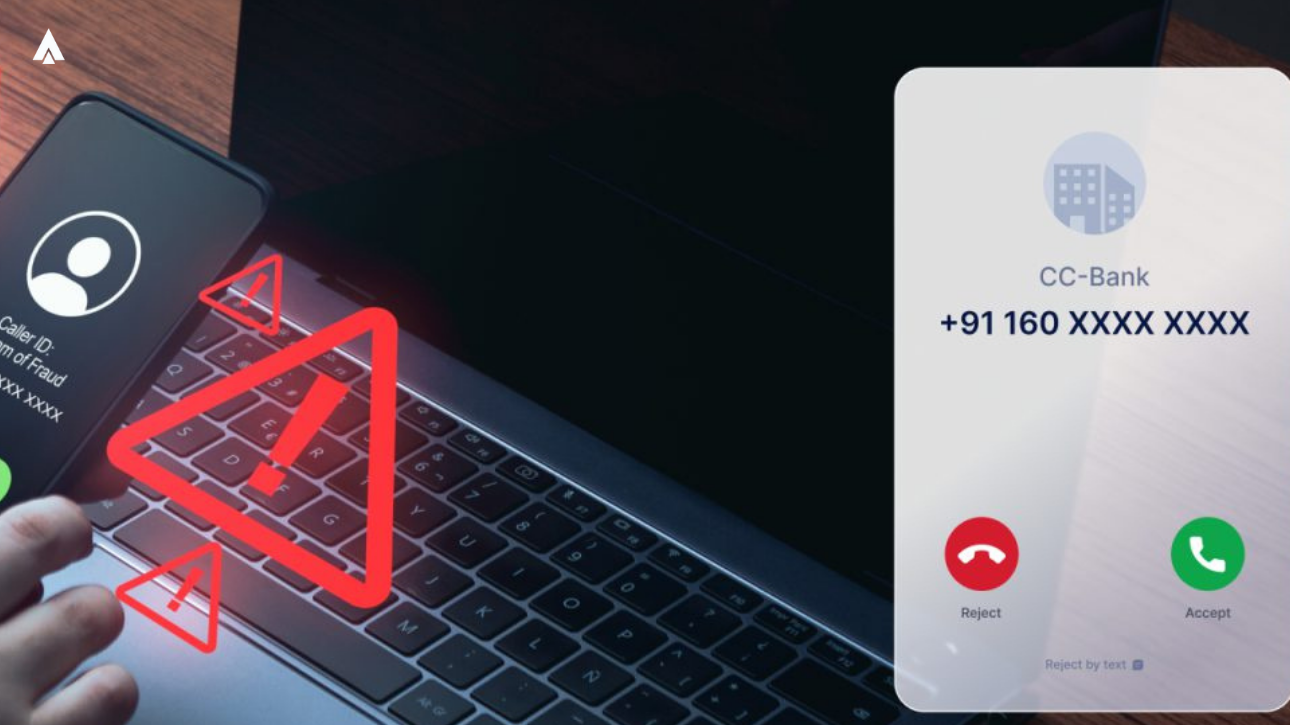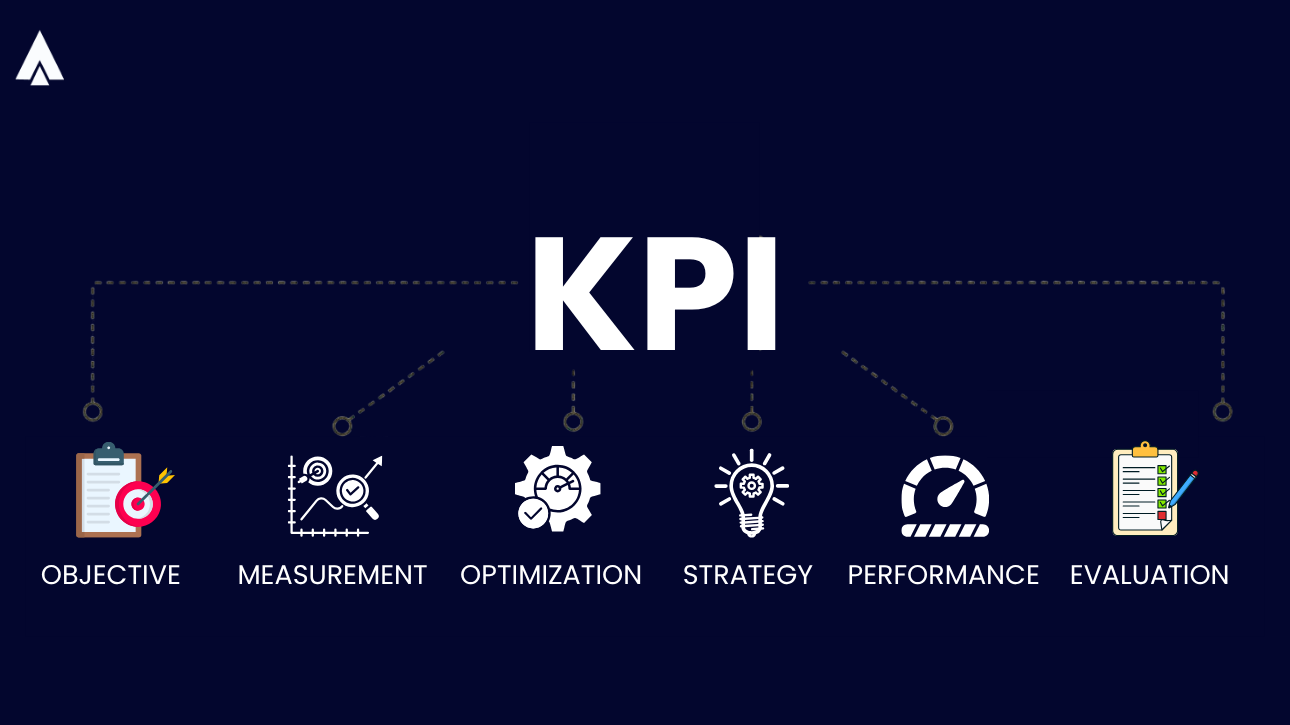With so many technologies and services sprouting up these days, it is always important to be updated. Unless your business is always using the newest technology, it will lag behind the competition. One of these updated technologies that can be used, especially by call centers, is the cloud-based auto dialer.
Hosted auto dialers are SaaS (Software as a Service) based technology that allows automated dialing over a connection. Unlike traditional auto dialers that need plenty of hardware and physical phone lines, the infrastructure requirement for cloud-based auto dialers is less.
If you want a seamless customer experience, cloud-based auto dialers are the answer. Let’s understand how.
What Is a Cloud-Based Auto Dialer?
A cloud-based auto dialer is a type of software that automatically calls customers’ numbers from a contact list. The aim is to help connect live calls to the available agent. It’s commonly used in outbound sales, customer service, and call centers to boost productivity and eliminate manual dialing.
The system works by automatically dialing numbers in sequence. When a call is answered, it either gets routed to a live representative or the customer hears a recorded message. It can also launch an IVR menu or leave a voicemail, depending on your setup. (Some platforms even include AI voice agents to handle interactions.)
Advanced cloud-based auto dialers can recognize whether a call is answered by a person or a voicemail system. With AI-based optimization, these tools can learn from call patterns. It helps adjust dialing speed and strategy based on pickup rates.
There are various types of cloud-based Auto Dialer Software. Each is best for a different purpose and uses a different strategy.
Let’s learn more about them:
1. Power Dialer
A power dialer automatically moves through a contact list, dialing one number at a time for each available agent. This eliminates manual dialing, allowing agents to stay focused on conversations instead of logistics.
Unlike predictive or parallel dialers, power dialers emphasize control and personalization while still improving call volume. They’re often used in cloud-based dialing platforms that prioritize simplicity and speed.
2. Predictive Dialer
A predictive dialer uses an algorithm to predict when agents will finish their current calls. It then dials multiple numbers simultaneously to keep them continuously engaged. This minimizes idle time and maximizes productivity.
These systems are most effective for large teams (20+ agents) since they rely on call data to accurately forecast pacing.
3. Parallel Dialer
A parallel dialer takes efficiency even further by dialing multiple numbers at once for a single agent. When someone answers, the system connects that call and drops the rest, skipping ringing, voicemail, and dead time.
Unlike predictive dialers, which optimize team-wide availability, parallel dialers focus on individual agent performance. This makes them ideal for rapid outbound campaigns where speed is the top priority.
4. Preview Dialer
According to a McKinsey study, 71% customers expect personalized interactions from brands. This is where a preview dialer stands out. It allows agents to view customer details before calling, making it ideal for complex or high-value sales conversations. Here, the agent decides when to place each call, ensuring they’re fully prepared with context and background information.
The system works by integrating with CRM systems to fetch the required data during the call. Data. This approach prioritizes quality and personalization over volume. It helps enhance customer engagement and conversion rates.
5. Progressive Dialer
A progressive dialer automatically places calls as soon as an agent becomes available, maintaining steady call flow without overwhelming the team.
It combines the speed of a power dialer with the context-awareness of a preview dialer. This way, there is a balance between efficiency and personalization, making it a great fit for many modern outbound teams.
Why Call Centers Need a Cloud-Based Auto Dialer?
Now that you know what a cloud-based auto dialer is and its various types, let’s dive deeper. Here are a few ways in which an auto dialer to enhance call center management:
1. Affordable Connection
The cloud-based auto dialers are very cost-effective. The main reason behind this is the fact that they don’t need costly hardware, software, or other infrastructure to operate. Furthermore, you don’t need a separate IT team. That helps you cut out more expenses.
The auto dialer service providers manage all the dialing infrastructure, eliminating costly hardware. This helps you access advanced capabilities on a budget. You can not only increase productivity but also create a better system for managing your call center services.
2. High Quality and Fast Communication
With the help of automation provided by cloud-based auto dialers, the agents can connect with existing or potential clients seamlessly. There is no extra effort needed on the agent’s part, especially when it comes to dialing.
The agent is involved only when the call is connected. This makes communication much faster as your team can now deal with a lot more clients than they used to with the traditional dialing methods.
3. Efficient Management of Campaigns and Leads
Auto dialers come with an inbuilt web-based interface that amplifies your contact center operations. They can do this by managing campaigns on a lead-to-lead level. You can also safeguard this data by limiting access to certain designations.
The system also offers features like preview dialing. This can help agents prepare before the call. With this personalized touch, the agent can cater to all unique situations so that all aspects are well taken care of.
Cloud-based auto dialers offer scalability, reliability, and flexibility. The benefits of auto dialer systems also extend to elevated agent productivity and campaign efficiency.
4. Productivity is Amplified
Using auto dialers amplifies the productivity of your team and the company at large. With the systems, hindrances, like voicemails, busy numbers, and disconnected calls, are automatically rejected. Thus, saving the precious time of agents so that they can now spend it on having high-quality conversations with other clients.
5. Smarter List Hygiene and Compliance
Compliance is non-negotiable for call centers—especially in BFSI, collections, and regulated industries.
Cloud-based call center software solutions can identify and exclude DND/DNC numbers, invalid numbers, fax lines, and other unproductive contacts right at the system level.
You can also:
- Configure calling windows based on customer time zones
- Apply region-specific rules for outreach
- Reduce the chances of complaints and penalties
In short, you get safer outreach and a cleaner database, without forcing agents to manually manage compliance.
6. Real-Time Analytics and Performance Monitoring
Modern cloud auto dialers come with real-time dashboards and detailed reports that show what’s actually happening on the floor. You can get an overview of:
- Calls placed, connected, and dropped
- Average talk time and wrap-up time
- Agent-wise performance metrics
- Campaign-wise conversion or follow-up outcomes
Supervisors can monitor live calls, whisper-coach agents, or barge in if a conversation needs intervention. This data-driven visibility makes it easier to optimize scripts, pacing, agent training, and campaign strategy.
Some advanced platforms like Acefone also provide AI-powered post conversation analytics. It analyzes live calls, recordings, and transcripts to extract insights such as customer sentiment, keyword trends, and overall conversation quality. This helps you improve training, optimize scripts, and enhance customer experience.
7. Seamless CRM and Tool Stack Integrations
A cloud auto dialer doesn’t have to live in a silo.
It typically integrates with your CRM and helpdesk platforms like Salesforce, Zoho, HubSpot, Freshdesk, and more. This way, your so agents can get contextual customer data on every call.
Benefits include:
- Automatic syncing of call logs, notes, and dispositions into the CRM
- Better segmentation and retargeting based on call outcomes
- Personalized conversations because agents can see previous interactions, tickets, and purchase history
This unified data flow means fewer manual updates, cleaner records, and smarter follow-ups.
8. Omnichannel and Blended Operations from One Platform
Many cloud-based dialers, like Acefone, can be a part of broader omnichannel contact center suites.
That means you can manage voice, SMS, WhatsApp, and email or chat from the same platform.
For example:
- Use the dialer for outbound outreach
- Trigger SMS or WhatsApp reminders after missed calls
- Blend inbound and outbound calls based on volume and staffing
This creates a smoother experience for both agents and customers. It also ensures conversations don’t fall through cracks when they move between channels.
9. Easy Scalability, Reliability, and Remote Readiness
With a cloud auto dialer, scaling is largely a configuration exercise, not a hardware project.
You can add new agents, increase channels, or spin up new campaigns for seasonal spikes without waiting for new servers or PRI lines. Many contact center providers also offer high uptime SLAs and browser-based access. This way, they keep operations stable even for remote or hybrid teams.
Whether your agents work from a central office or from home, all they typically need is a browser, headset, and a stable internet connection to get started.
10. Faster Experimentation and Go-To-Market Agility
Finally, a cloud auto dialer lets your team iterate faster.
You can:
- Test new scripts or offers in specific campaigns
- Experiment with different dialing modes (preview, power, progressive, predictive, ratio) for various use cases
- Quickly adjust retry logic, pacing, or call windows
- Roll out changes across locations without touching physical infrastructure
For sales and support leaders, this agility translates into faster GTM cycles. Quicker optimization loops help you respond to market changes in days, not months.
Conclusion
With the use of cloud-based auto dialers, there are no roadblocks for the outbound and inbound lines. Thus, they can be employed successfully to boost efficiency and ensure that agents are always on calls. The heaps of constructive features cloud-based auto dialers provide can transform your call center into the optimum workplace.
FAQs
A cloud-based auto dialer is an outbound calling software hosted on the cloud that automatically dials numbers from your contact lists. It eliminates physical PBX hardware, manual dialing, and on-prem maintenance. Modern platforms also include CRM integrations, call recording, and analytics to manage all outbound campaigns from one dashboard.
A cloud auto dialer pulls numbers from your uploaded lists or CRM, dials them automatically, and filters out unreachable outcomes like busy tones, unanswered calls, and invalid numbers. Only live connections are routed to available agents. Every attempt, outcome, and recording is logged in real time for reporting and follow-ups.
Yes, auto dialers are legal in most regions when used responsibly and in line with telecom and privacy rules such as TCPA, GDPR, or TRAI regulations. You typically need consent and must honor national and local Do Not Call registries. A compliant platform should offer opt-out management, audit trails, and configurable calling windows to minimize risk.
A cloud auto dialer boosts productivity by eliminating manual dialing, reducing idle time between calls, and filtering out low-value outcomes like busy tones or voicemail. Vendors and case studies commonly report teams making up to 2–3x more calls per day compared with manual dialing. With CRM integration, dispositions, and automated logging, agents spend far less time on admin and more on meaningful conversations.
Focus on fit rather than sheer feature lists. Prioritize dialers that integrate with your CRM, support the dialing modes you need, and provide strong reporting, recording, and live monitoring. Look for baked-in compliance controls, reliable uptime SLAs, local number coverage in your target markets, and responsive support. Always run a short pilot to validate call quality, productivity gains, and ease of use.
There’s no universal benchmark because call volume depends on list quality, dialing mode, campaign goals, and compliance limits. Industry content often cites several hundred calls per agent per day. Actual capacity also depends on concurrent lines, pacing settings, agent availability, and how conservatively you manage drop rates.
Outbound contact center trends are moving towards AI-assisted dialing, smarter list segmentation, and omnichannel outreach. Auto dialers now integrate deeply with CRMs, use analytics to optimize pacing, and support remote agents with browser-based calling. There’s also a strong shift toward compliance-first design, real-time quality monitoring, and post-call analytics.














